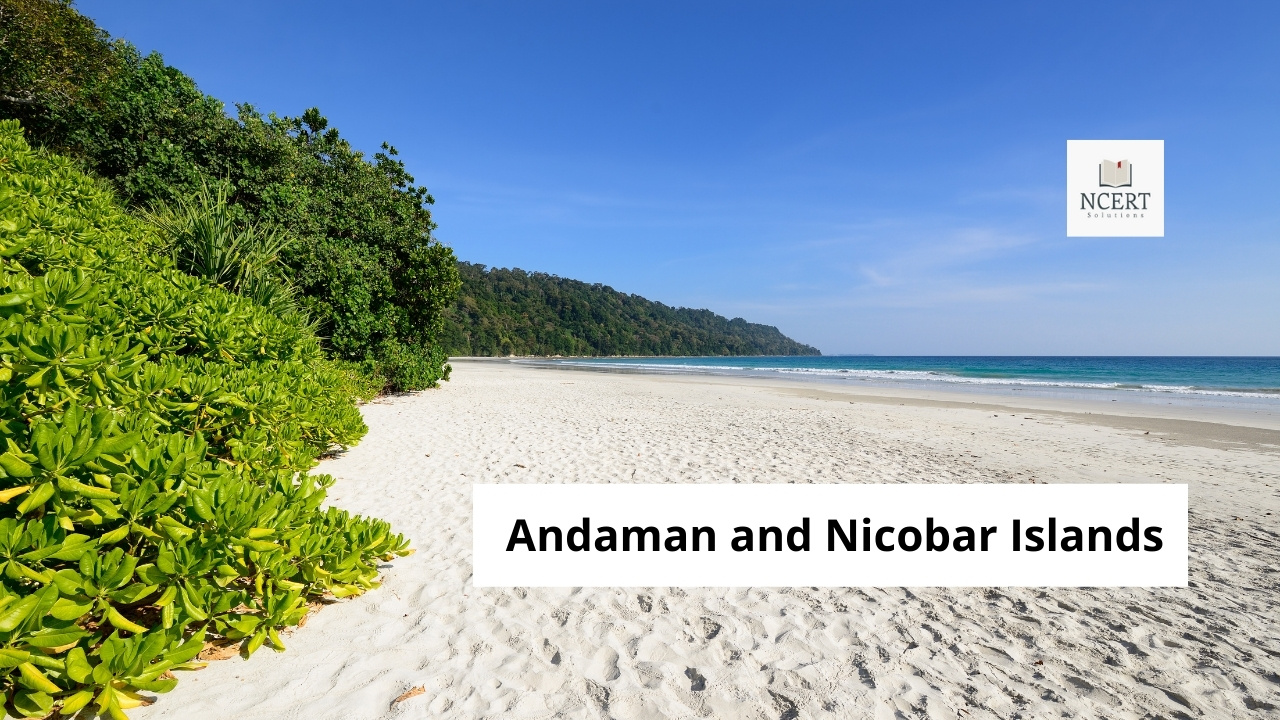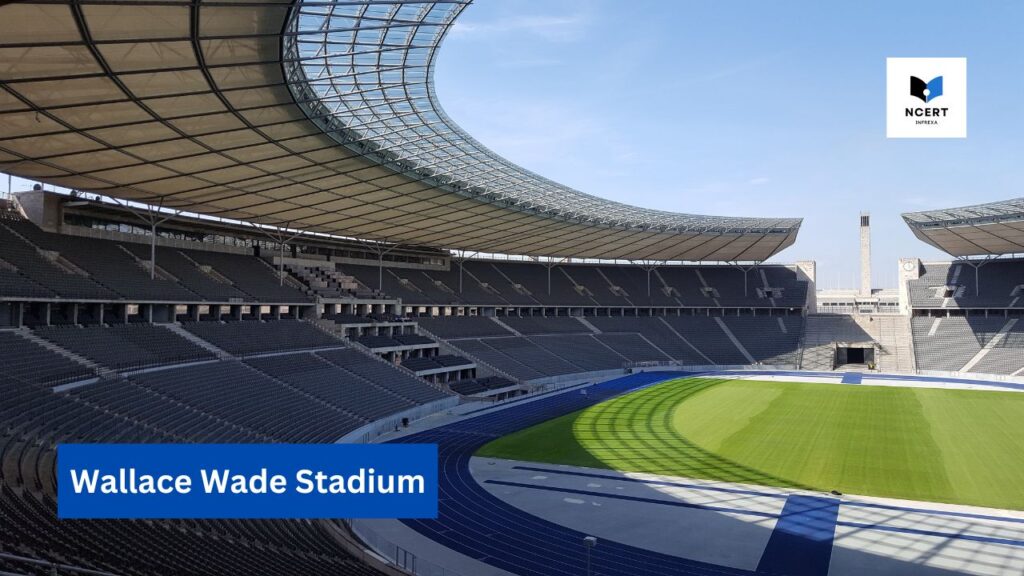The Andaman and Nicobar Islands are made up of about 572 islands, out of which only a few islands are inhabited by people. Its capital is Port Blair.
The Andaman and Nicobar Islands are located in the Indian Ocean and are geographically part of Southeast Asia.
The history of the Andaman and Nicobar Police began with the establishment of the ‘Sebandi Corps’ in 1858 to protect the settlement of the punishment in Andaman. It was reconstituted in 1867 with a force of 2 inspectors, 3 chief constables, 12 sergeants, and 285 sepoys.
The Japanese invasion of Andaman and Nicobar
The Japanese rule in these islands from 1942 to 1945 destroyed the police and administrative structure of the Andaman and Nicobar Islands.
As a result, after the re-establishment of British hegemony in 1945, a group of officers and personnel was drawn from the Special Armed Forces of Uttar Pradesh and Punjab by the name of the Deputation Force.
Andaman and Nicobar Island location
The Andaman and Nicobar Islands are located in the Indian Ocean to the south of the Bay of Bengal. Andaman and Nicobar is a group of about 572 islands, of which about 38 are populated islands. Its capital is Port Blair.
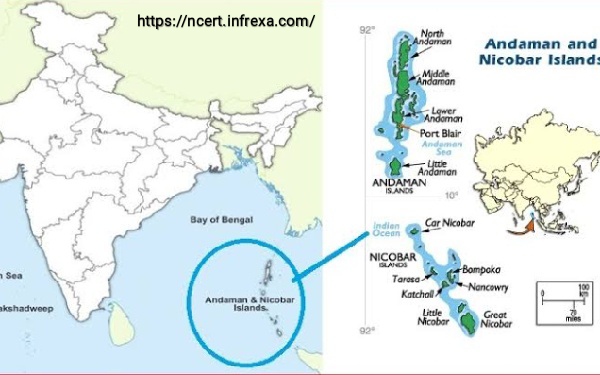
The Union Territory of Andaman and Nicobar Islands lies between –
- 6° and 14° North latitude and
- 92° and 94° East longitude.
These islands are situated at 10°N latitude which is called the Andaman Islands while the South Island is situated at 10°N latitude and is called the Nicobar Islands.
The climate of these archipelagos is a moist, tropical coastal climate. These islands receive rainfall from the southwest and northeast monsoons.
Major crop of Andaman and Nicobar Islands
Paddy is the main food grain crop here which is grown mainly in the Andaman Islands while the main cash crops of Nicobar Islands are coconut and areca nut.
Pulses, oilseeds, and vegetables are grown during the Rabi season followed by the paddy crop.
- Peddy crop – Andaman Islands
- Coconut and areca nut – Nicobar Islands
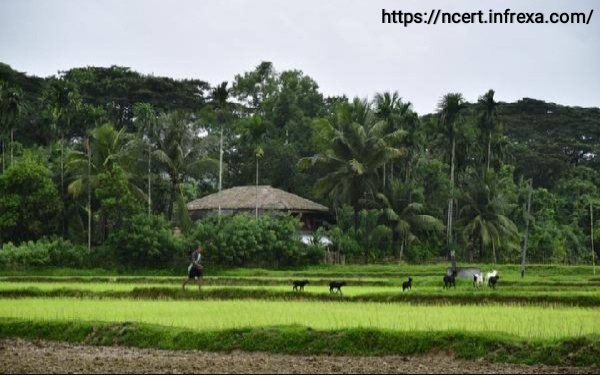
The farmers of these Islands grow different types of fruits, such as –
- mango
- cepota
- orange
- banana
- papaya
- pineapple and
- tuber etc.
Spices such as chilies, cloves, nutmeg and cinnamon are also grown here under the multi-cropping system. Along with these –
- Rubber
- red oil,
- palm and
- cashew are also grown in small quantities on these islands.
Wildlife Conservation in Andaman and Nicobar Islands
These islands have 96 wildlife sanctuaries, nine national parks, and one bio reserve. Mammals – Out of the total 55 terrestrial and 7 marine mammal species notified so far, 32 are found in a particular area.
There are 246 species and subspecies of birds found in the bird islands, out of which 99 species and subspecies are found in a particular area.
Reptiles – 76 species of reptiles are found in this state, out of which 24 are confined to a particular region.
Mankind found in the Andaman and Nicobar
The Great Andamanese tribe had the largest population of all the tribes that once settled in the Andaman Islands. In the year 1789, their population was about 10,000. By the year 1999, their population had reduced to just 41.
The people of this tribe were known as ‘Strait Island’.

The small island was resettled. Their traditional diet includes fish, dugongs, turtles, tortoise eggs, crabs, and tubers. Even today, they occasionally go hunting.
Some of them do farming and also grow a variety of vegetables. Recently they have also started poultry farming. Their culture is completely different from other tribes of the islands.
Ongi
The Ongi tribe is one of the oldest tribes in India. They are part of the Negrito stock and live in the Dugong Creek and South Bay reserves of Little Andaman.
Their numbers are also steadily declining. These people are semi-nomadic and are completely dependent on the food available by nature.
In their life, the influence of outsiders is also increasing. Efforts made for friendly behavior with them have proved to be very successful.
These people eat turtles, fish, tubers, etc.
They are skilled in handicrafts. The Ongi people can make boats. There is a primary school functioning in the Dugong Creek Settlement of Ongi.
Sentinelese
The Sentinelese are residents of North Sentinel Island. The island is about 60 square km.
This tribe is probably the only Paleolithic people in the world to survive without contact with any other group or community. They are thought to be an offshoot of the Ongi and Jarawa tribes that formed an isolated island.
Cultural pattern of the local tribes of Andaman and Nicobar
The most distinctive aspect of the culture of Andaman and Nicobar is the culture of the local people of the archipelago.
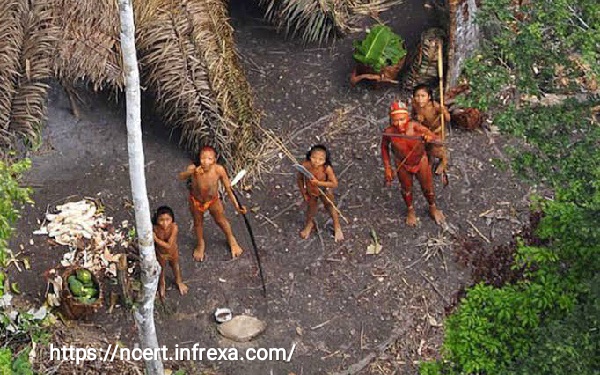
The major ethnic groups are:
- Andamanese
- Ongi
- Jarawa
- Sentinelese.
The main groups of the Nicobar tribe are the Nicobarese and the Champaigns. These tribes have preserved their culture in the Andaman and Nicobar Islands and the isolation of these tribes has proved to be helpful in saving their culture.
READ THESE ALSO:
